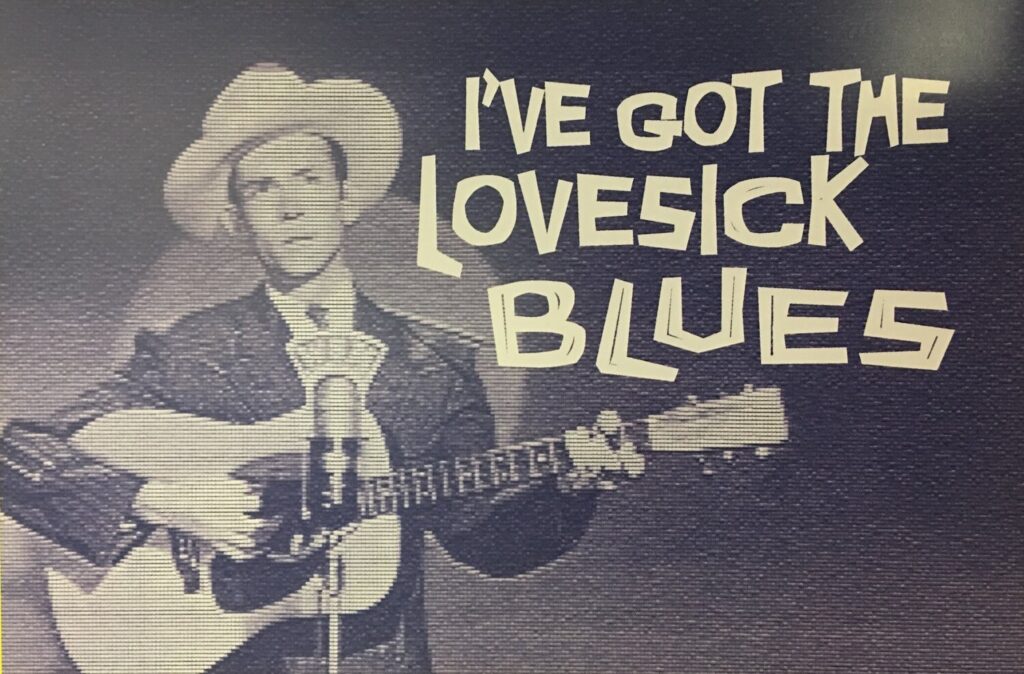A Lament of Heartache That Resonates Through Time

Released in 1949, “Lovesick Blues” catapulted the legendary Hank Williams into the annals of music history, embodying the quintessential essence of unrequited love and longing. Featured on his album “Moanin’ the Blues,” this song was a milestone in Williams’ career, reaching the number one spot on Billboard’s country chart and remaining there for a remarkable 16 weeks. Its success marked a turning point for Williams, both solidifying his status as a country music icon and reflecting the universal ache of lost love that transcends generations.
The origins of “Lovesick Blues” are as intriguing as its timeless appeal. Originally penned by Cliff Friend and Irving Mills in 1922, it was first performed in a different context within the musical comedy “Oh, Ernest.” However, it was Hank Williams’ rendition that breathed new life into the song, transforming it from its theatrical roots into a profound country standard. Williams discovered the piece through Emmett Miller’s version and identified with its forlorn narrative, shaping it with his own emotional intensity and raw vocal delivery. This transformation was not merely a cover but an alchemical process that infused the song with Williams’ signature blend of pain and authenticity.
The beauty of “Lovesick Blues” lies in its lyrical simplicity coupled with its haunting melody, which together craft an intimate portrait of heartache. The song’s narrative speaks to anyone who has ever felt the pangs of love’s absence. The opening lines immediately plunge the listener into a world of melancholy, where hope is eclipsed by despair. Williams’ voice wavers with vulnerability, encapsulating the essence of a man undone by unrequited affection. His yodeling—a distinctive hallmark of his style—accentuates the sense of yearning, echoing across time to touch the hearts of audiences even today.
Musically, “Lovesick Blues” is an interplay of sorrowful lyrics against an upbeat tempo, creating an ironic contrast that mirrors the complex nature of heartache itself. The song’s arrangement—featuring prominent steel guitar and fiddle—roots it firmly in the country tradition while allowing Williams’ voice to soar above like a lone bird in flight. This juxtaposition between instrumentation and vocal delivery enhances its emotional impact, making it not just a song but an experience that resonates deeply within.
The cultural legacy of “Lovesick Blues” is profound, inspiring countless artists across genres to explore themes of longing and loss in their own works. It serves as a testament to Hank Williams’ unparalleled ability to convey emotion through music—a gift that has solidified his position as one of the most influential figures in country music history. Moreover, it underscores the enduring power of music to capture the human condition, resonating with listeners who find solace in shared sorrow.
In conclusion, “Lovesick Blues” is more than just a song; it is an emblematic expression of unfulfilled desire and lingering heartache—a narrative that continues to captivate audiences with its raw honesty and emotional depth. As we listen to Williams’ plaintive wails echoing from vinyl grooves long past their prime, we are reminded that some stories never age; they simply deepen with time, each listen revealing new facets of our own lovesick blues.